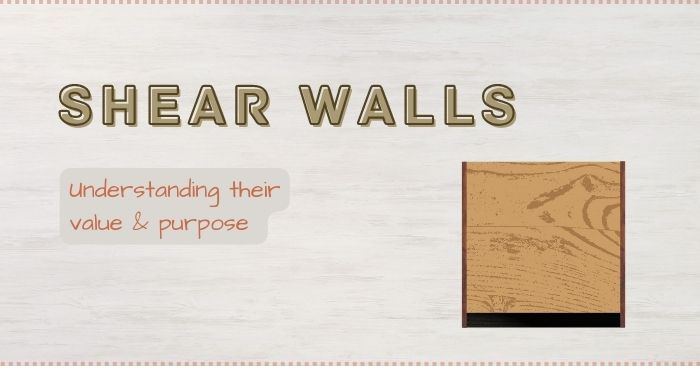
Shear walls are often seen in construction to bear heavy loads and withstand the forces of natural disasters. Understanding the purpose of shear walls and how they work can give you great insight into the building process and how it ties into safety.
A shear wall is an architectural design made to withstand high-impact winds and other forces parallel to the plane of the structure.
How it works is when one end of the wall undergoes an uplift, the other side is compressed - both loads alternate as the structure shakes to distribute the impact.
Shear wall construction is composed of two or more walls, with beams or slabs and columns connecting the beams. This type of framing provides resistance to lateral forces and lateral loads by bending and with movement.
APA rated sheathing and Structural I are some of the best plywood to use when building shear walls. Structural I must be dense Douglas Fir or Southern Pine wood, while rated plywood can be any wood species.
It’s best to avoid using 3-ply plywood, as the highest acceptable values were reduced by the city of Los Angeles to around 200 lbs/ft maximum. This change took place after the Northridge Earthquake tore architecture with this type of plywood - so regardless of where you stay, it’s best to use higher grade plywood.
When building a home with concrete shear walls, it is important to work closely with your contractor to ensure high-quality materials are used for optimal safety.

If land or lake living is on your mind, let me be your connection to the heartland. Whether it is a first time home, a vacation retreat, or an investment property, I strive to give my customers one on one service every time. With my background in Business Administration and Education, my customers will receive top-notch personalized service, customized to fit their specific needs.